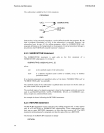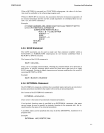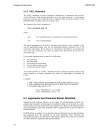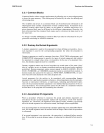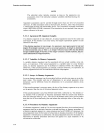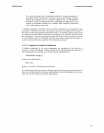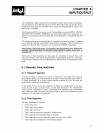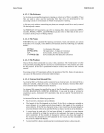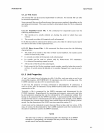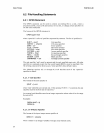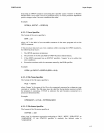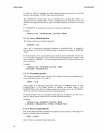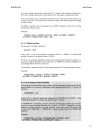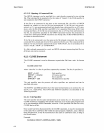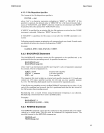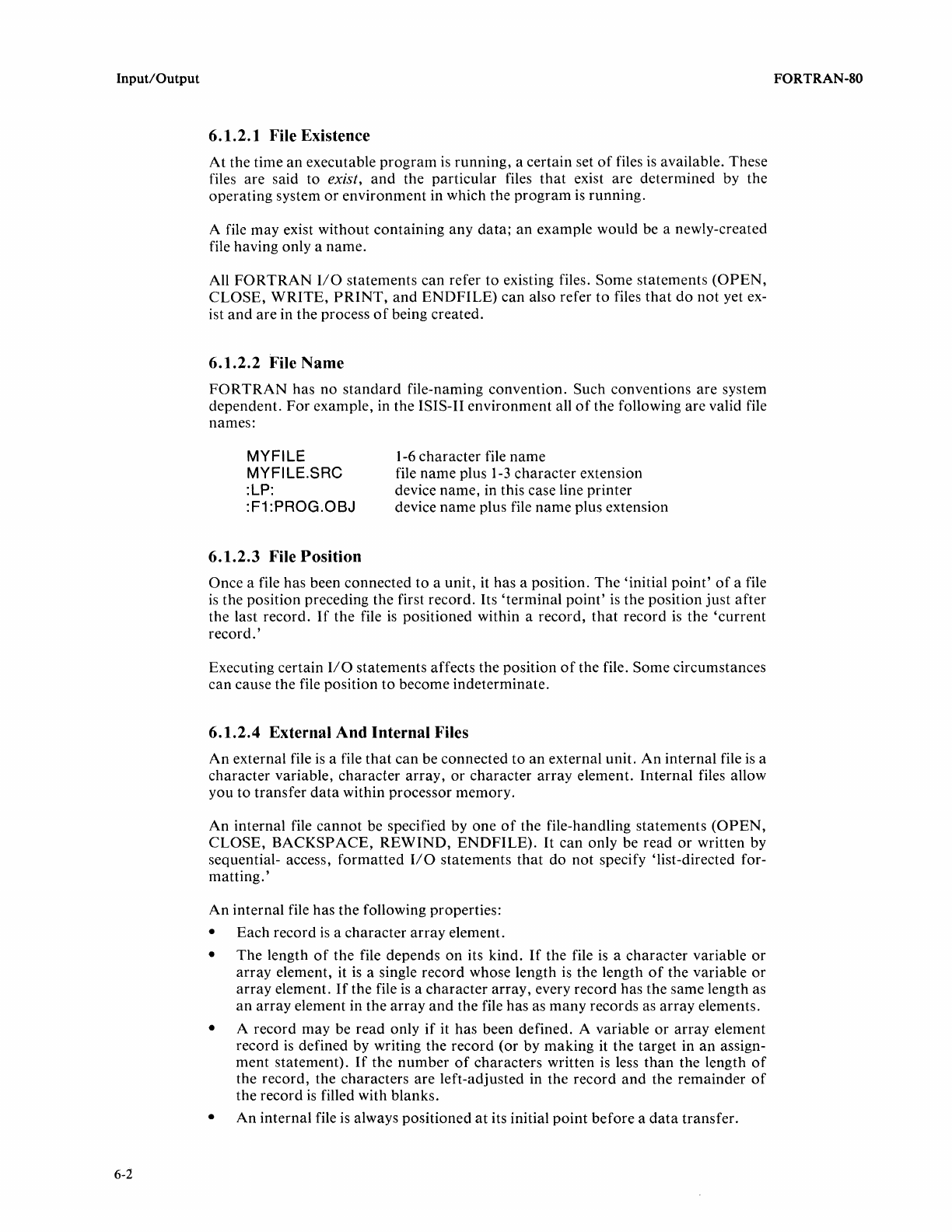
Input/Output
6-2
6.1.2.1 File Existence
At
the time an executable program
is
running, a certain set
of
files
is
available. These
files are said to
exist,
and
the particular files
that
exist are determined by the
operating system
or
environment in which the
program
is
running.
A file may exist without containing any data; an example would be a newly-created
file having only a name.
All
FORTRAN
I/O
statements can refer
to
existing files. Some statements
(OPEN,
CLOSE,
WRITE,
PRINT,
and
ENDFILE)
can also refer
to
files
that
do
not
yet ex-
ist
and
are in the process
of
being created.
6.1.2.2
File Name
FORTRAN
has no
standard
file-naming convention. Such conventions are system
dependent.
For
example,
in
the ISIS-II environment all
of
the following are valid file
names:
MYFILE
MYFILE.SRC
:LP:
:F1:PROG.OBJ
6.1.2.3 File Position
1-6
character file name
file name plus
1-3
character extension
device name, in this case line printer
device name plus file name plus extension
Once a file has been connected to a unit, it has a position. The 'initial
point'
of
a file
is
the position preceding the first record. Its 'terminal
point'
is
the position
just
after
the last record.
If
the file
is
positioned within a record,
that
record
is
the
'current
record.'
Executing certain
I/O
statements affects the position
of
the file. Some circumstances
can cause the file position to become indeterminate.
6.1.2.4 External
And
Internal Files
An
external file
is
a file
that
can be connected to an external unit.
An
internal file
is
a
character variable, character array,
or
character array element. Internal files allow
you to transfer
data
within processor memory.
An internal file
cannot
be specified by one
of
the file-handling statements
(OPEN,
CLOSE, BACKSPACE,
REWIND,
ENDFILE).
It
can only be read
or
written by
sequential- access, formatted
I/O
statements
that
do not specify 'list-directed for-
matting.'
An
internal file has the following properties:
• Each record
is
a character array element.
• The length
of
the file depends on its kind.
If
the file
is
a character variable
or
array element, it
is
a single record whose length
is
the length
of
the variable
or
array element. I f the file
is
a character array, every record has the same length as
an
array element in the array
and
the file has as many records as array elements.
• A record may be read only if it has been defined. A variable
or
array element
record
is
defined by writing the record (or by making it the target in
an
assign-
ment statement).
If
the number
of
characters written
is
less
than
the length
of
the record, the characters are left-adjusted in the record
and
the remainder
of
the record
is
filled with blanks.
•
An
internal file
is
always positioned
at
its initial point before a
data
transfer.
FORTRAN-SO



